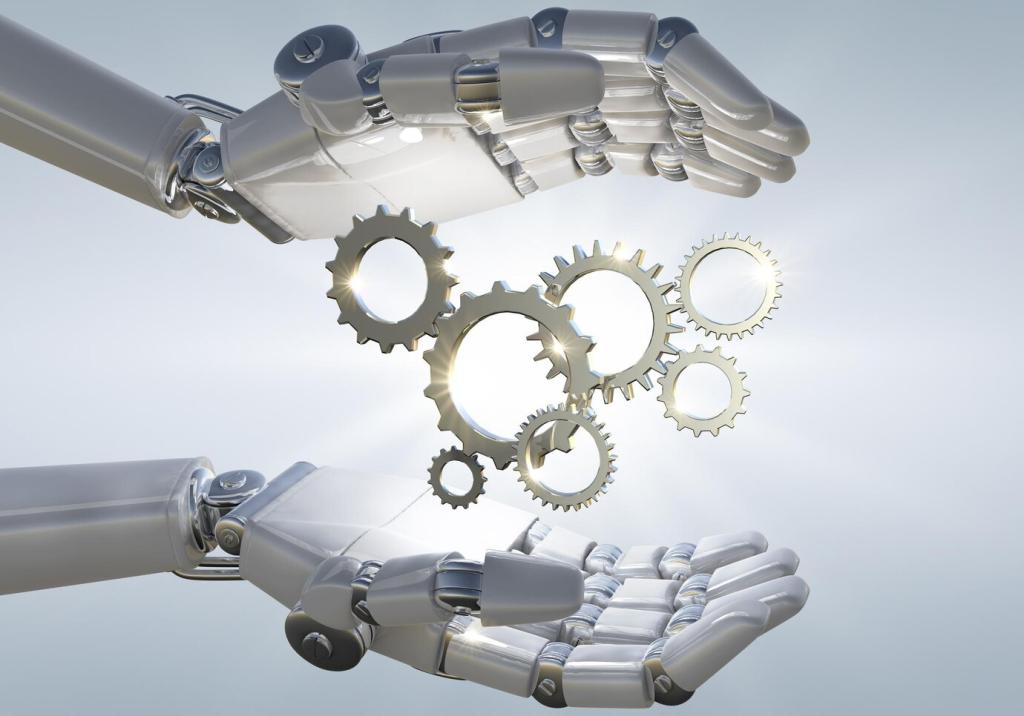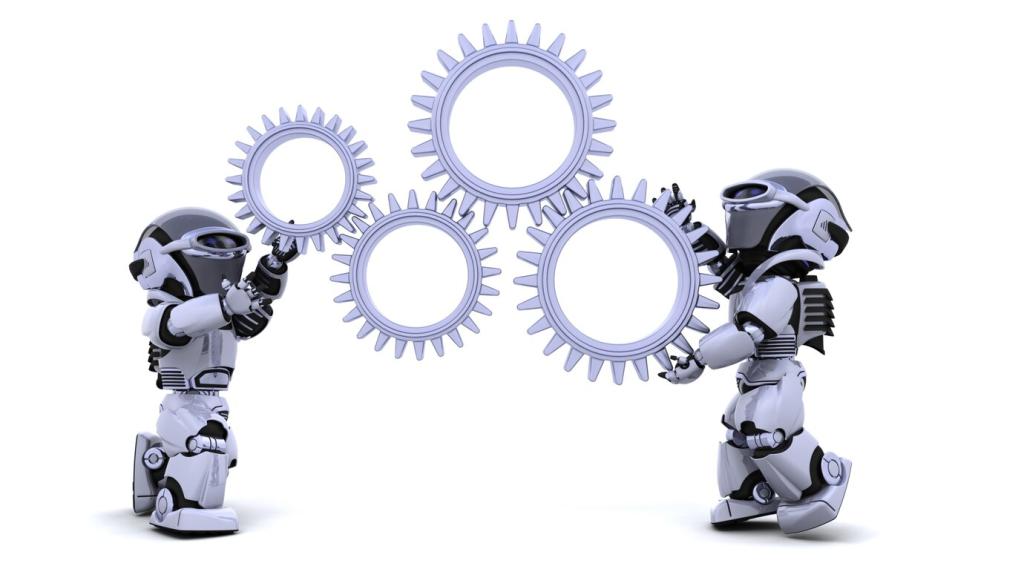Innovations in Smart AI Home Assistants
The landscape of home automation has been radically transformed by the emergence of smart AI home assistants, merging cutting-edge artificial intelligence with intuitive design to make daily living more connected, efficient, and convenient. These systems now go far beyond simple voice commands, encompassing a vast array of capabilities that anticipate user needs, learn from routines, and integrate seamlessly with diverse smart devices. As technology advances, the innovations driving AI-powered home assistants are shaping the future of what it means to live in a truly smart home, delivering personalized experiences, enhancing security, streamlining energy use, and providing valuable support for accessibility and wellness. Explore the latest breakthroughs and visionary features that are making smart AI home assistants indispensable to modern home life.

Advanced Natural Language Processing
Personalized Experiences

Adaptive Routines

Contextual Suggestions

Health and Wellness Integration

Universal Compatibility

Automated Device Orchestration

Effortless Setup and Updates
Energy Efficiency and Sustainability
Intelligent Energy Monitoring
Automated Power Management
Sustainability Insights and Tips

